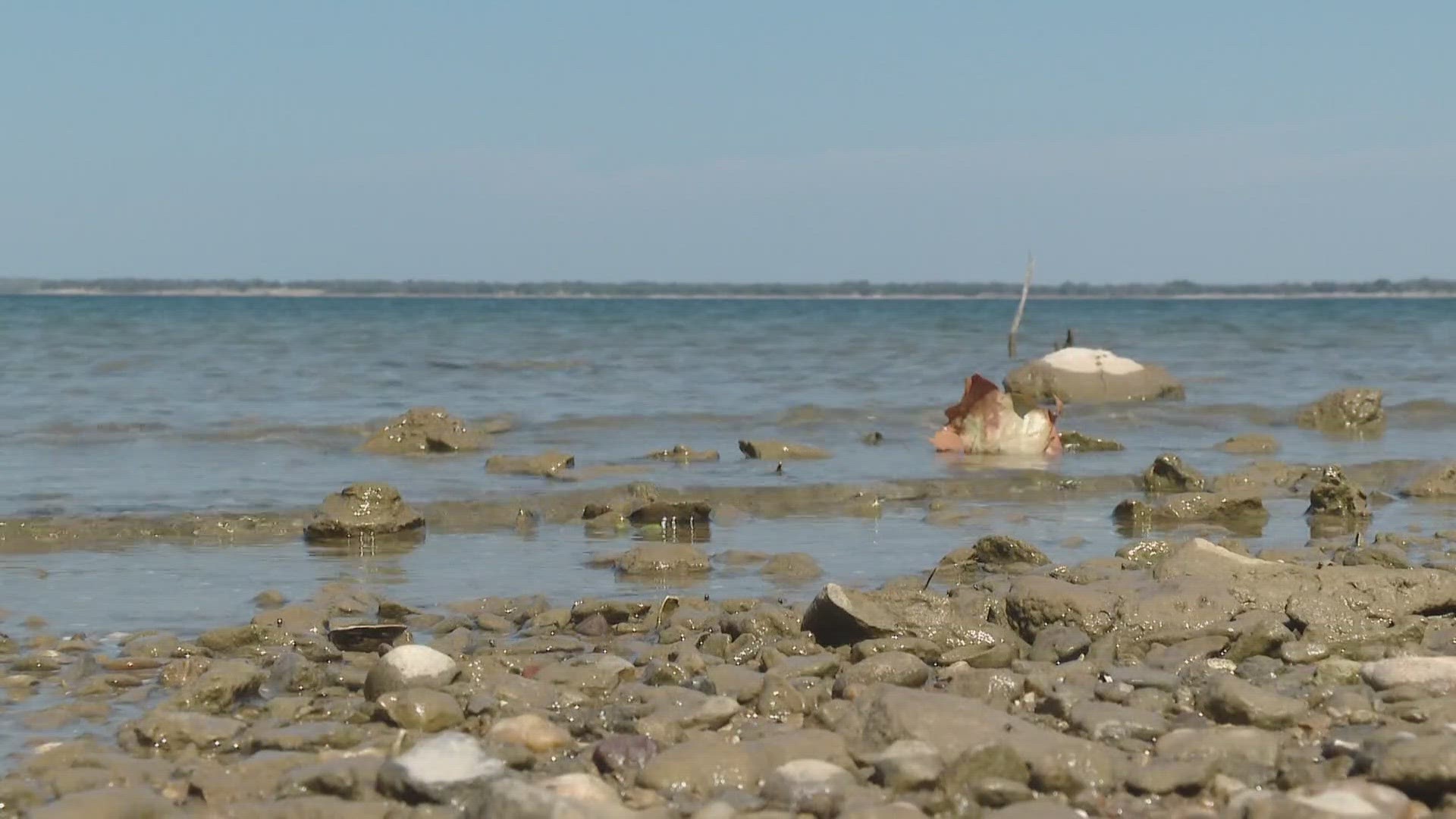TEXAS, USA — Across the Lone Star State, people are dealing with little to no rainfall. And, lake levels across Central Texas are still at historic lows.
While lakes such as Belton Lake and Stillhouse Hollow Lake are hovering just above 50%, Lake Whitney north of Waco is more than 70% full!
So, why is that?
6 News spoke with Max Strickler, Lead Civil Engineer at US Army Corps of Engineers to get some answers.
He says Lake Whitney's conservation pool is currently 72% full.
78% is owned by the Southwestern Power Administration for hydropower generation. Only 22% is owned by the Brazos River Authority for water supply use.
These two entities dictate the release of the water from the conservation pool for Lake Whitney.
Strickler says Lake Whitney is looking high compared to other Central Texas lakes for many reasons.
"Each lake has its own specific watershed," Strickler explained. "Rainfall is very localized. We could get a significant rainfall in the Lake Whitney watershed, and it causes that lake to rise. Maybe that rainfall event doesn't fall over the Lake Waco watershed."
"I will say probably some of the most significant would be that the Brazos River Authority owns and operates two reservoirs upstream of Lake Whitney," Strickler said. "That is Possum Kingdom and Granbury. The BRA will at times, release water from those reservoirs. That makes its way into Lake Whitney."
Now, if there is so much water at Lake Whitney, can help come from this reservoir as lake levels continue to drop?
While there are no dams below Lake Whitney that the lake could then refill, Strickler says there are ways the lake could potentially help other reservoirs.
"That would be by releasing water out of Lake Whitney into the main stream Brazos for downstream users," Strickler added. "Then that would make it so that you would not have to release out of other reservoirs like Lake Limestone or Lake Granger or Lake Somerville."
The ultimate goal is to keep the flood control pool of the multipurpose reservoir empty and the conservation pool full.
"Whenever that pool is full, that's whenever recreation you know all the bow ramps are open, all the lakeside parks are open," Strickler said. "It's good to keep that conservation pool as high as we can basically at 100% full of conservation, so that we're always ready for the next drought."
Strickler compared the 2023 drought to the drought of 2011 and 2012 and says spring rain in 2024 will be very crucial.
More lake level stories by Reporter Sydney Dishon:

